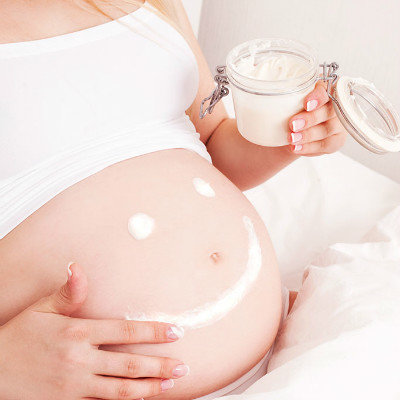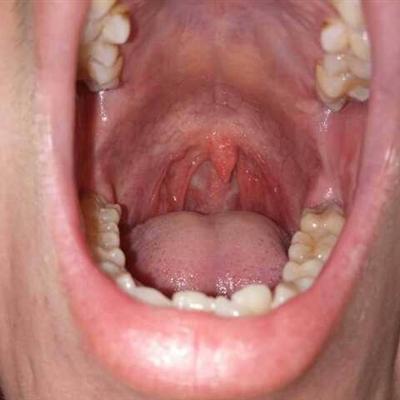What reason does infertility have commonly
summary
In recent decades, the rapid development of assisted reproductive technology, such as artificial insemination, has helped many infertile couples obtain offspring. However, there are some ethical and legal problems in this skill, which need to be strictly managed and standardized. Infertility is a group of reproductive disorders caused by a variety of causes. It is an adverse reproductive health event for couples of childbearing age. Women who have not been pregnant for at least 12 months without contraception are called infertility. Men are called infertility. The incidence rate of infertility varies from country to country and ethnic group. The incidence of infertility in China is about 7%-10%. The cause of infertility may be female factor, male factor or unknown reason. Today I would like to talk about the main causes of female infertility.
What reason does infertility have commonly
First: the main characteristic of women different from men is the secondary sexual characteristics. Men have no uterus, so men can't have children. The uterus is the place where the fetus is born, the channel for women's menstruation exclusion, and the channel for sperm to reach the fallopian tube. Therefore, female infertility factors mainly with the uterus, fallopian tubes, ovaries and so on.

Second: pelvic factors account for about 35% of the causes of infertility, including tubal abnormalities, chronic salpingitis, complete obstruction of fallopian tubes or hydrosalpinx leading to infertility. There are pelvic adhesion, pelvic inflammation, endometriosis, tuberculous pelvic inflammatory disease can lead to infertility.

Third: reproductive tract malformations, including uterine malformations, congenital tubal dysplasia, may cause infertility and abortion. There is ovulation disorder, accounting for 25% - 35%. The main reasons are persistent anovulation, polycystic ovary syndrome, premature ovarian failure and so on.

matters needing attention
Some of the causes of ovulation disorders are persistent, while others are dynamic and cannot be defined as the only, absolute and persistent cause. For couples with menstrual cycle disorder, age 35 or older, and long-term unexplained infertility, the etiology of ovulation disorder should be considered first.














